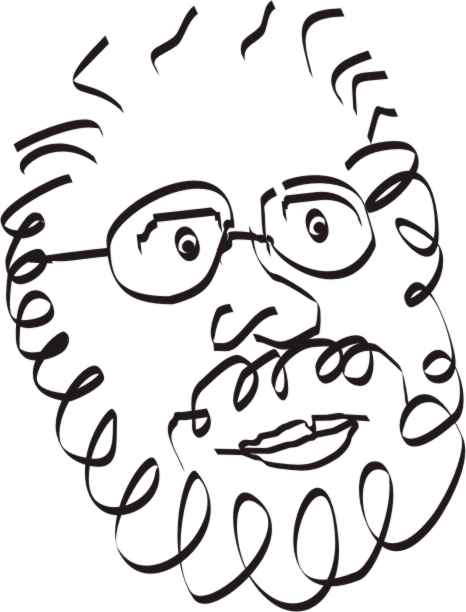SINGLE PAYER IS NOT A PANACEA … WE NEED TO CUT COSTS!

 It’s not just the uninsured — it’s also the cost of health care
It’s not just the uninsured — it’s also the cost of health care
We still have an uninsured problem in the U.S., but we have a far broader health care affordability problem that hits sick people especially hard.
Why it matters: It’s time to think more broadly about who’s having trouble paying for the health care they need. The combination of lack of insurance and affordability affects about a quarter of the non-elderly population at any one time, but almost half of people who are sick.

The major argument for Medicare for all is actually two very different arguments. The first is that we need universal healthcare. To me, universal healthcare is an obvious right. Without health, the American ideal of opportunity for all, is a myth. Moreover our current mess of a system raises costs because programs like welfare, Hill Burton and welfare have hidden costs that are passed on to the paying customers. Every time you shift funds you dding expensive overhead. The second issue is cutting costs. A single payer might do that but knowing there is a source of money, providers — like defense contractors — have incentive to raise prices. Medicare for all only costs out is if single payer creates price controls .. a prospect in the US that usually leads to failure. POLICY IS HARD!
Now that the Affordable Care Act has expanded health coverage, the percentage of the non-elderly population that is uninsured is now just under 11%, the lowest level ever recorded. But as the chart shows:
- Another 15.5% who have insurance either skipped or delayed care because of the cost or reported that they or someone in their family faced problems paying their bills in 2017.
- That brings the total percentage of non-elderly people with insurance and affordability problems to 26.2%.
More striking: nearly half of all people in fair or poor health — 46.4% — are uninsured or have affordability problems despite having coverage.
- That includes 13.5% who were uninsured and in fair or poor health — arguably the worst off in the entire system — and another 32.9% percent who have insurance but said they or a family member have had a problem affording care in the last year.
It’s not surprising that people who are sicker and need more care would have more problems paying for it. But arguably an insurance system should work best for people who need it the most.
All this says a lot about current health care politics.
- It helps explain why so many people name health their top issue, despite the progress that has been made in covering the uninsured. And everyone who’s sick and can’t afford medical care has family members and friends who see what they are going through, creating a political multiplier effect.
- It is also why health care is substantially an economic issue as well as an issue of access to care. When people have trouble paying medical bills, it’s a hard hit to their family budgets — causing many people to take a second job, roll up more debt, borrow money, and forego other important family needs.
For as long as I have been in the field, we have used two measures more than any others to gauge the performance of the health system: the number of Americans who are uninsured and the percentage of GDP we spend on health. Both measures remain valid today.
The bottom line: If we want a measure that captures how people perceive the system when the number of uninsured is down and overall health spending has moderated, we need better ways of counting up the much larger share of the population who are having problems affording care.
And whatever big policy idea candidates are selling, from single payer on the left to health care choices on the right, the candidate who connects that idea to the public’s worries about paying their medical bills is the one who will have found the secret sauce.
Tags: health care
Posted 20 Aug 2018 by theaveeditor
in Misc.

 It’s not just the uninsured — it’s also the cost of health care
It’s not just the uninsured — it’s also the cost of health care